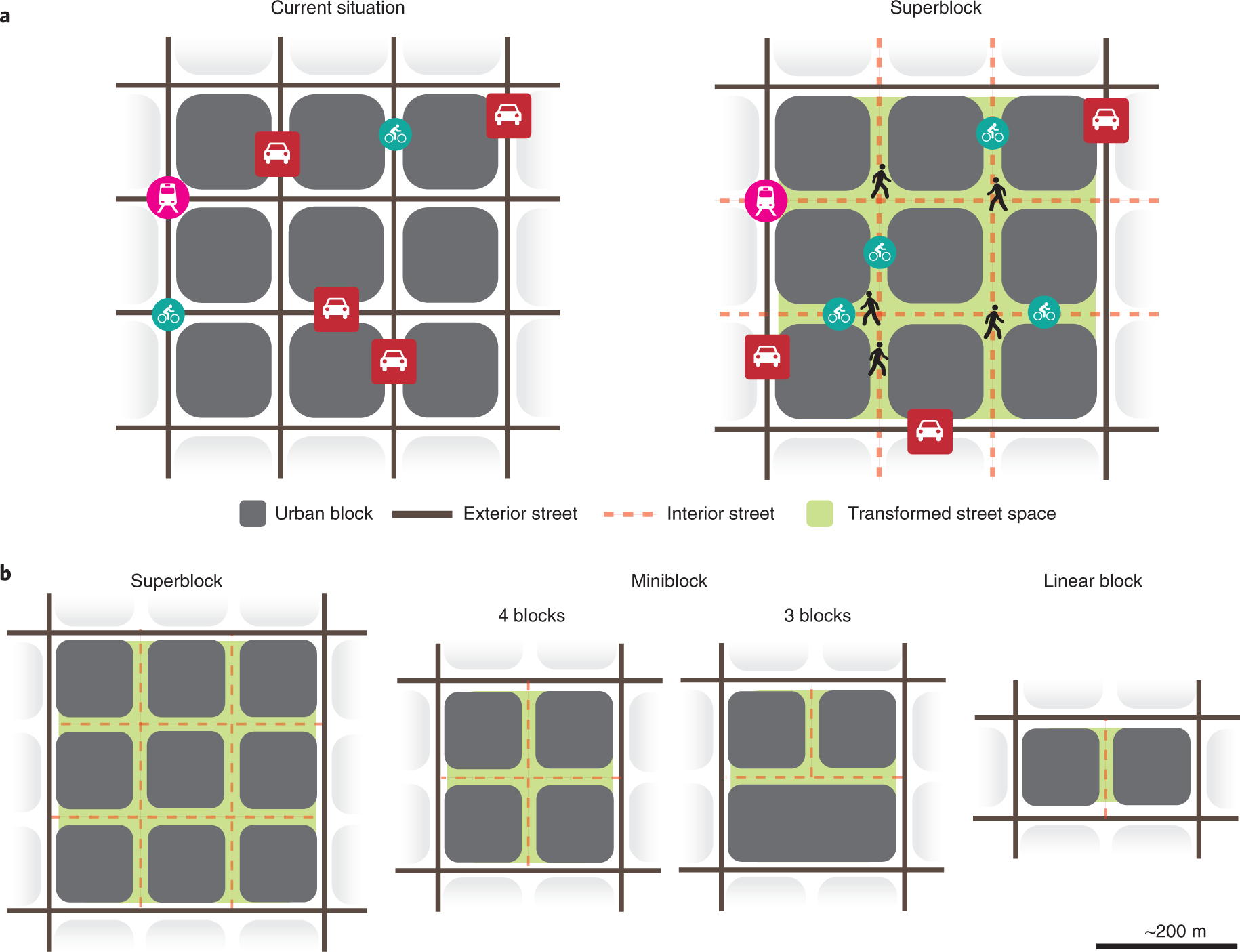So, let me tell you about my journey with these things they called "jt blocks." It all started a while back, on this project that was supposed to be a quick win. Famous last words, right?
Getting Started with "jt blocks"
First, I got the brief. We were told these "jt blocks" were the future. Super modular, plug-and-play, gonna make our lives so much easier. I remembered thinking, "Okay, sounds good, less coding for me." I opened up the so-called "easy-to-use" editor, or whatever it was, and started trying to piece things together. The idea was simple: grab a block for a user interface element, another for some backend logic, connect them, and boom, instant application.
The first few steps were okay, I guess. I dragged a few blocks onto the canvas. I clicked some configuration options. It looked like it was working. We managed to get a basic prototype up pretty fast, which, of course, made the higher-ups very happy. They saw the demo and were all praises for "jt blocks" and how innovative we were.

The Real Grind
But then, the real requirements started coming in. "Can we change the color of this part of the block?" "Can this block talk to that other system in a specific way?" And that’s where things got messy. These "jt blocks," for all their supposed flexibility, were pretty rigid. Trying to customize them beyond their pre-set options was a nightmare.
I spent days, maybe weeks, digging through obscure documentation, if you could even call it that. Mostly, it was just forum posts from other poor souls struggling with the same issues. I tried overriding styles, attempted to inject custom scripts, and wrestled with the weird data formats these blocks expected.
Here's a taste of what I went through:
- I had to decompile some of the blocks just to understand what they were doing internally. That was fun.
- I found myself writing more wrapper code around the blocks than if I had just built the damn thing from scratch.
- Debugging was a special kind of hell. An error would pop up, and good luck tracing it back through three layers of "jt block" abstraction.
It felt like I was fighting the system every step of the way. We had so many meetings where I tried to explain that these blocks were actually slowing us down for anything complex. But, you know, the initial demo was so successful, and the "jt blocks" were the official new shiny toy. So, we had to push through.
What Came Out of It
In the end, we did deliver the project. It kinda worked. But it was this fragile, over-engineered thing, full of workarounds. And the maintenance? Don't even get me started. Every little change request was a major operation, risking breaking some obscure part of a "jt block" interaction.

You know, this whole "jt blocks" saga really made me think. It reminded me of this one time, years ago, when I was trying to fix a leaky faucet with one of those "all-in-one" repair kits. The kit promised to fix any leak, any faucet. I spent a whole Saturday fiddling with it, and the leak just got worse. I ended up calling a plumber, who took one look, chuckled, and replaced a simple washer. Took him ten minutes.
That’s what "jt blocks" felt like. A complicated solution to a problem that maybe needed a simpler approach. I learned a lot, mostly about the limitations of such systems and the importance of truly understanding the tools you're forced to use. Sometimes, just building it yourself, even if it seems like more work upfront, is actually the quicker, more robust path. I started to really appreciate the control and transparency you get from ground-up development after that experience. And honestly, it made me a bit wary whenever someone says "it's just like building with blocks" ever since.










